Queen of the Prairie has a tall airy flower that always reminds me of cotton candy. It is not a common plant in the gardening landscape, although it is a striking one. It is a great plant to use to make a statement at the back of the perennial border. Learn how to plant Queen of the Prairie, to grow this wonderful herbaceous perennial plant in your garden.
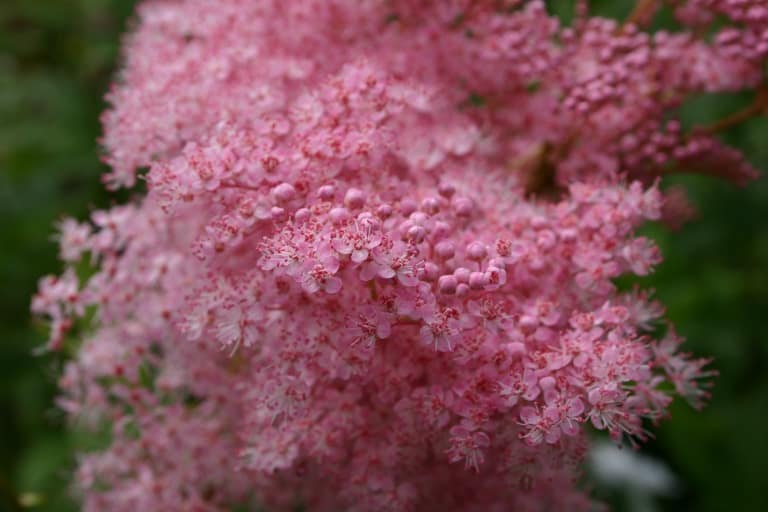
I'll never forget the first time I saw Queen of the prairie growing in a friend's garden. It was so tall and fluffy, and really stood out in her garden.
It struck me that I had never come across this plant before, in my many years of gardening. Such a lovely flowering plant to be so uncommon.
This lovely plant reminded me of astilbe, although these plants are not related at all, and of course Queen of the prairie is much taller.
What Is Queen Of The Prairie?
Queen of the prairie is the common name for the species Filipendula rubra of the Rosaceae family. This is a tall flowering herbaceous perennial which grows best in zones 3 to 8. The blooms are large, airy and slightly fragrant with panicles about four inches wide. This plant is native to North America and grows most commonly in the central and northeastern United States and the southeastern parts of Canada.
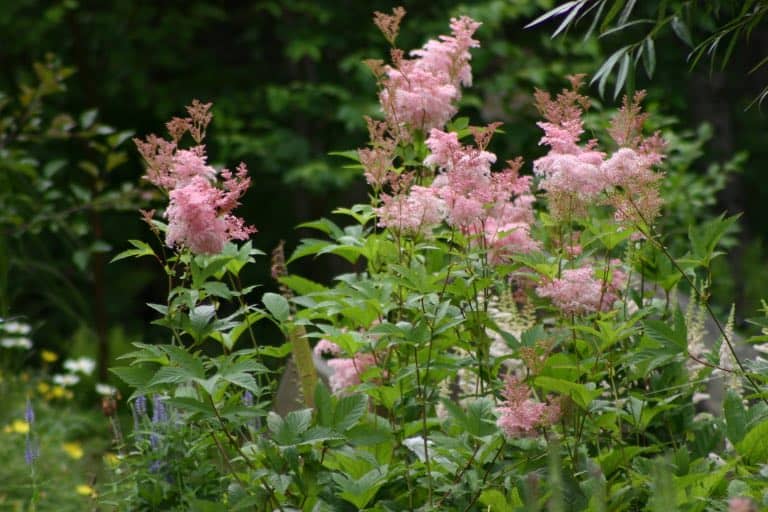
The stems on Queen of the prairie can reach six to eight feet if grown in ideal conditions.
The width of each plant spreads from three to four feet.
Bloom time for Queen of the prairie is dependent on your zone and location, but generally it is for a three week period between June and August.
Queen of the prairie likes wet feet, and tends to grow best in moist places such as wetlands and swampy meadows. Fortunately it will also tolerate dry soil and will adapt to a drier location.
It is a low maintenance plant, and is disease and pest resistant, which we love.
Queen Of The Prairie Is Endangered In Some Areas
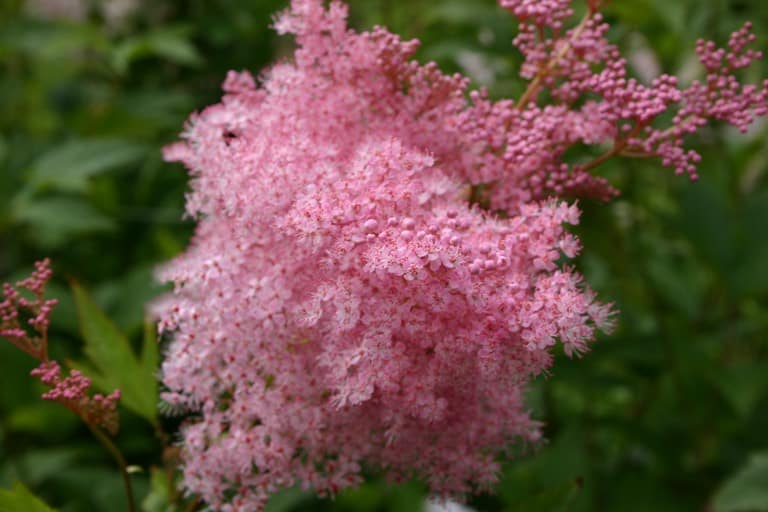
Queen of the Prairie has become threatened or endangered in some areas from which it is native. This is due to habitat loss and pollination issues.
In the state of Illinois, Queen of the prairie is considered to be an endangered species.
In the state of Michigan, this plant is considered to have a threatened status.
There are other US states as well that have listed this plant as threatened or endangered.
The key take away is not to dig up this plant if found in the wild unless you are certain that it is not considered endangered or threatened in that area.
Threatened and endangered plants are legally protected.
How To Plant Queen Of The Prairie
Queen of the prairie is not native to the area where we live, in Nova Scotia Canada. It does grow well in this location.
Queen of the prairie can be dug and divided in late summer or fall.
If transplanting from division in cooler zones, it is important to make sure that the plant has some growing time before the first frost, so that it will have time to get established and set roots before the ground freezes.
Here in zone 5b we have best success with plants planted before August, as sometimes the frosts will heave plants through the winter if they have not established good root systems before the freeze.
Soak Roots Prior To Planting
We received our Queen of the prairie plant via mail order. The plant was just starting to sprout, as was evidenced by the small green growing tip.
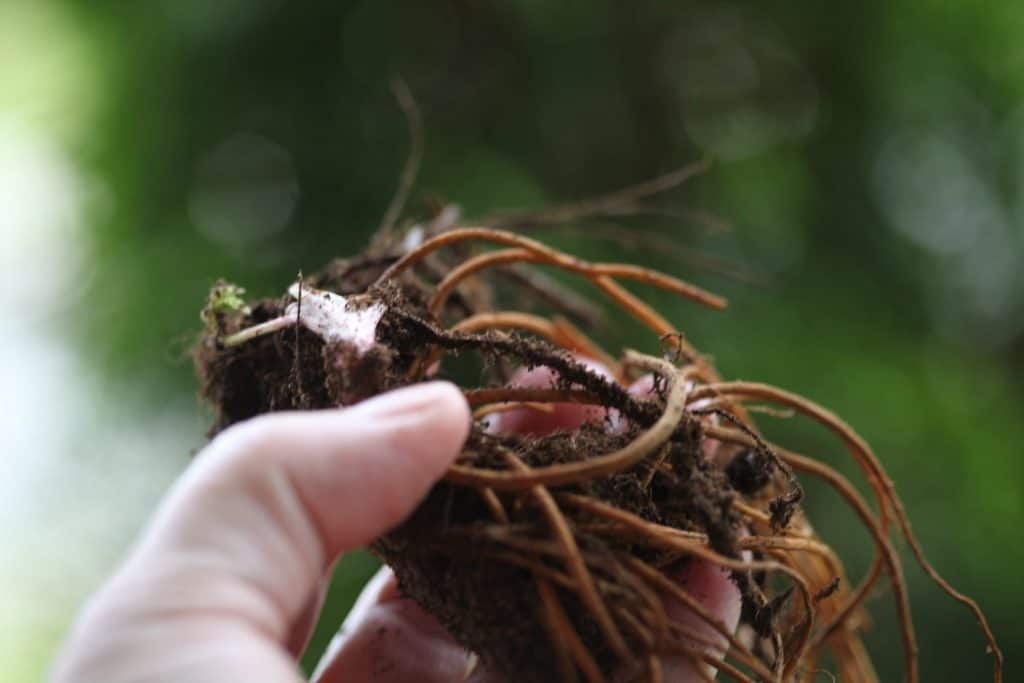
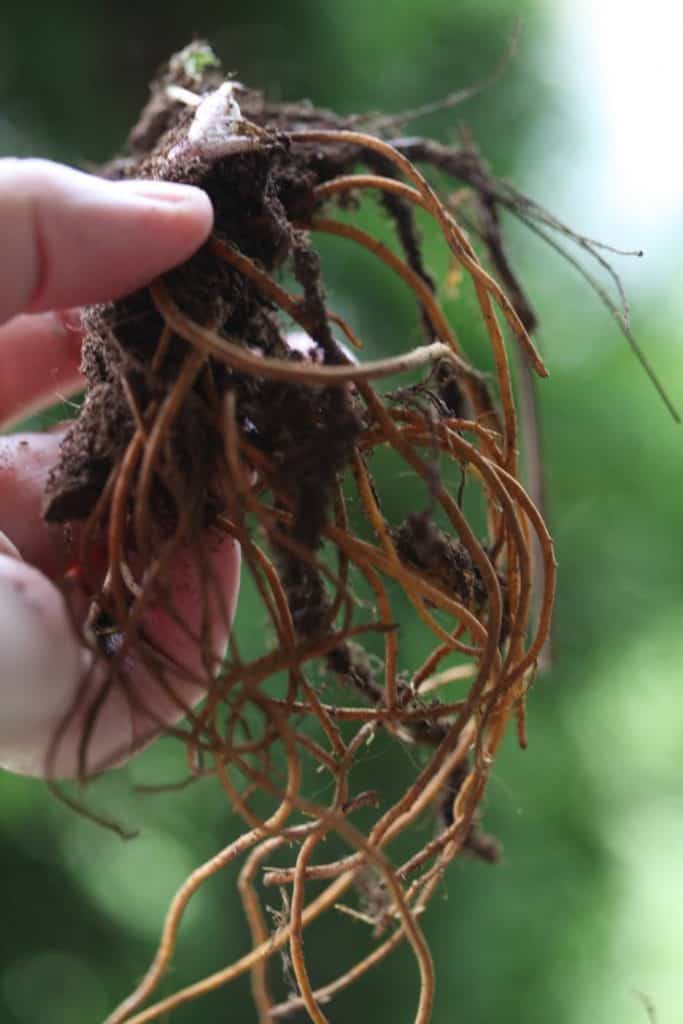
We soaked the roots for 30 minutes prior to planting, as per the packet instructions. It's something that I usually do anyway with most plants that come by mail order.
The brief soaking helps to rehydrate the plant and stimulates growth.
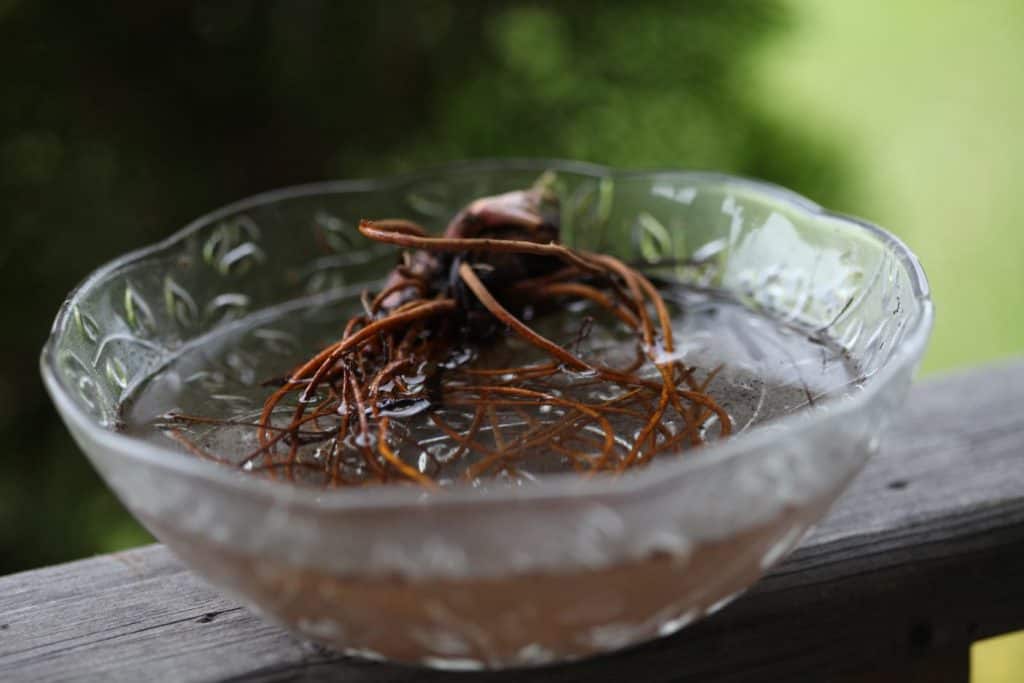
Plant Depth
The Queen of the prairie was planted at a depth where the crown was just below the soil surface.
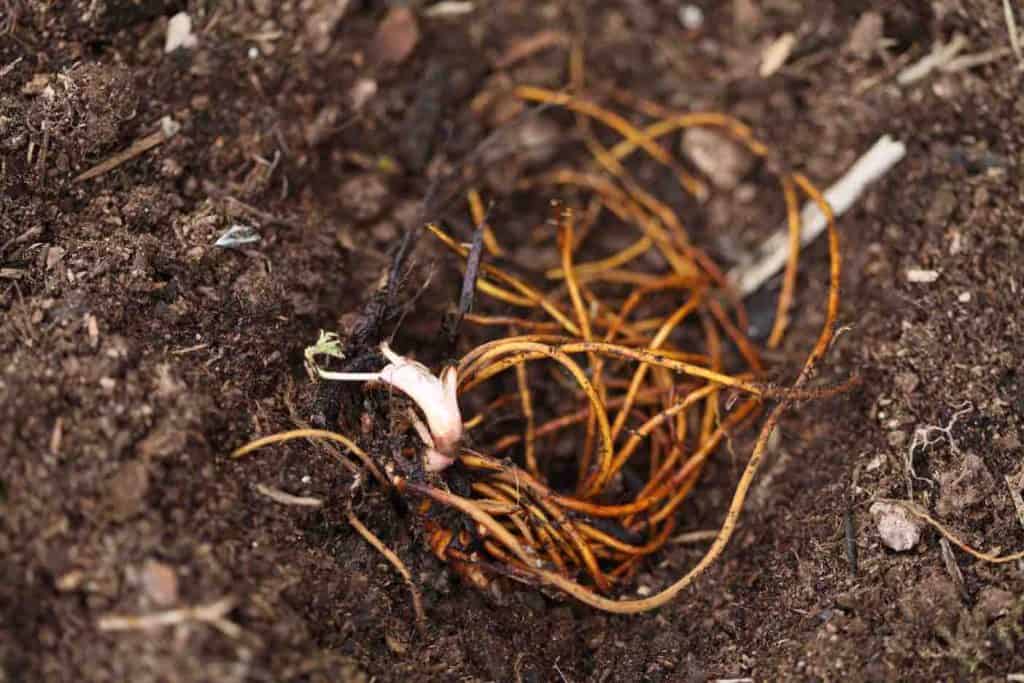
Within a week the small first leaf was visible above the soil.
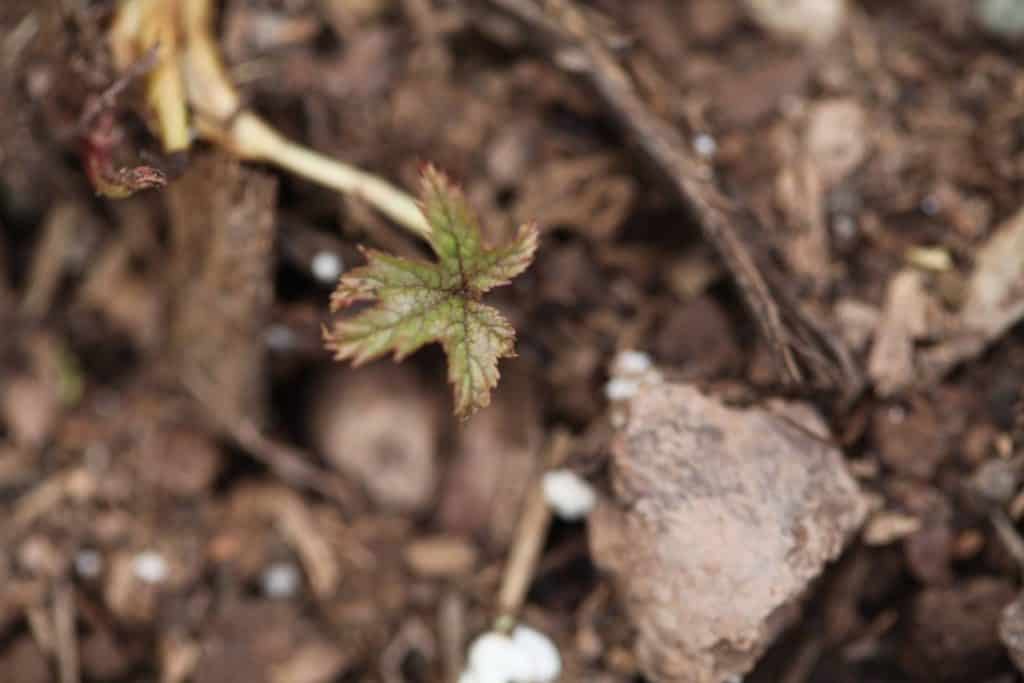
Plant Spacing
We only planted one Queen of the prairie plant into our garden. Queen of the prairie is fairly fast growing, and it will fill out and provide a nice clump within a few years.
Some gardeners plant Queen of the prairie in small groupings. The plant when mature can be up to four feet wide, so space accordingly.
Each plant will spread underground via the root system, and will form a mounded clump.
When To Plant Queen Of The Prairie
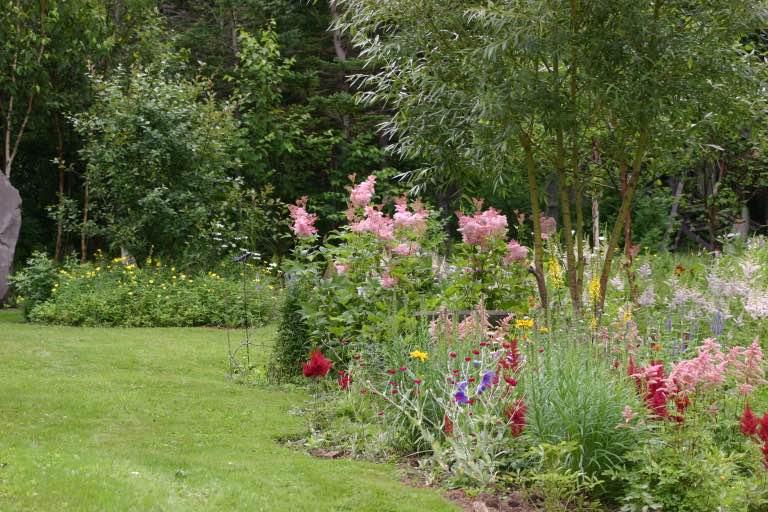
Plant in the spring if received via mail order or purchased at a local nursery.
If planting from a division, it is best to divide the plants later in the summer, and then plant at that time. Make sure that there is some growing time before the frost sets in the ground.
Where To Plant Queen Of The Prairie
Here are some growing conditions to consider when planting Queen of the prairie.
Sun Or Shade?
Queen of the prairie prefers full sun, but will tolerate some shade.
Soil Type
This plant grows well in well drained rich humus soil.
It will also grow in clay, which is a bonus in our area. Clay tends to retain moisture, and Queen of the prairie grows well in moist areas.
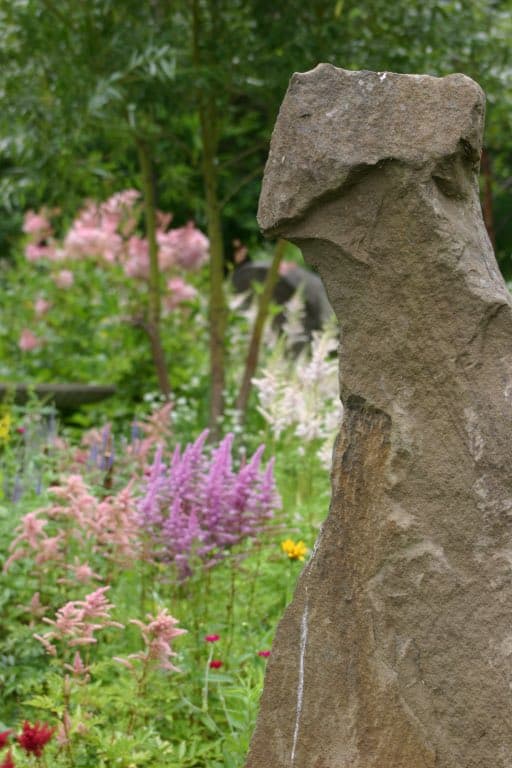
Moisture Requirements
If you have a moist well drained spot in your garden, consider that area for your planting.
Queen of the prairie prefers moist soil.
Height Consideration
It is important to consider the potential height of this wonderful plant when deciding where to plant it. If you are planting in a sunny location with moist well drained soil, the potential for an eight foot plant is pretty good.
To be safe, the best location would be at the back of the border, or in the centre of a garden bed.
The other issue is staking in high wind locations. The stems are very strong and rarely need staking, however in high wind locations this may be necessary.
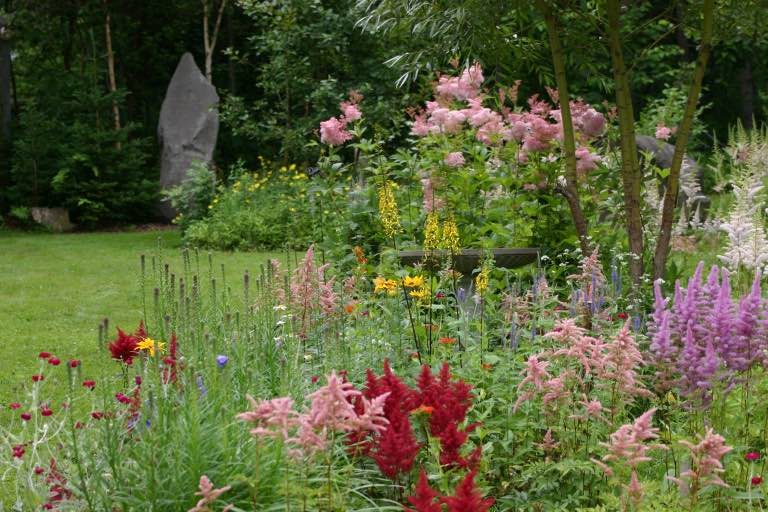
When Does Queen Of The Prairie Bloom?
Queen of the prairie blooms for about a three week period in mid summer.
In Nova Scotia it is in full bloom at the beginning of August, putting on a fabulous display.
Here is a Queen of the prairie growing guide from Cornell University, which includes information such as bloom time and other growing tips.
Is Queen Of The Prairie Invasive?
Queen of the prairie is not invasive.
It spreads underground via it's root system to form a large mound, and is generally contained when it reaches it's maximum size.
Queen Of The Prairie Companion Plants
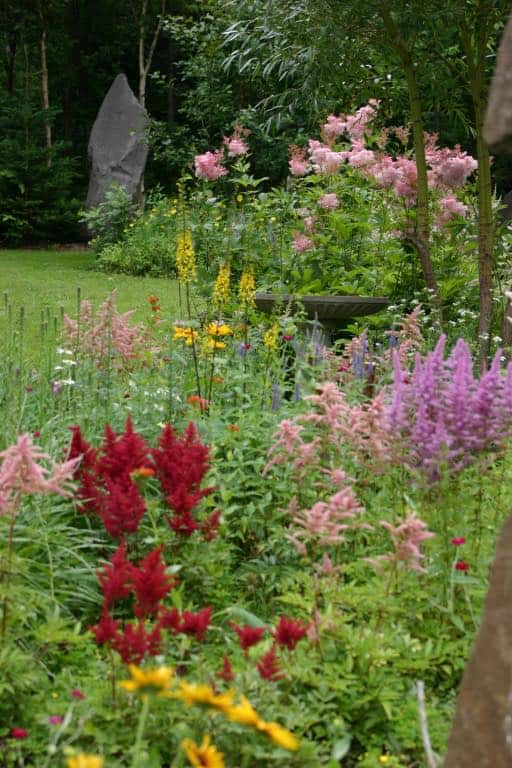
Companion plants for Queen of the prairie are those that grow well in the same location, and at the same time. Most of these are cottage garden plants, and some of our favourites!
Some great companion plants include Astilbe, Liatris, Echinacea, and Rudbeckia.
Be creative, and make a colourful garden palette, with Queen of the prairie looking down over the rest of the garden!
Have you ever tried to grow Queen of the prairie? If you have please leave a comment below and let us know how tall yours grows!
Other Posts You May Like:
PIN IT FOR LATER!
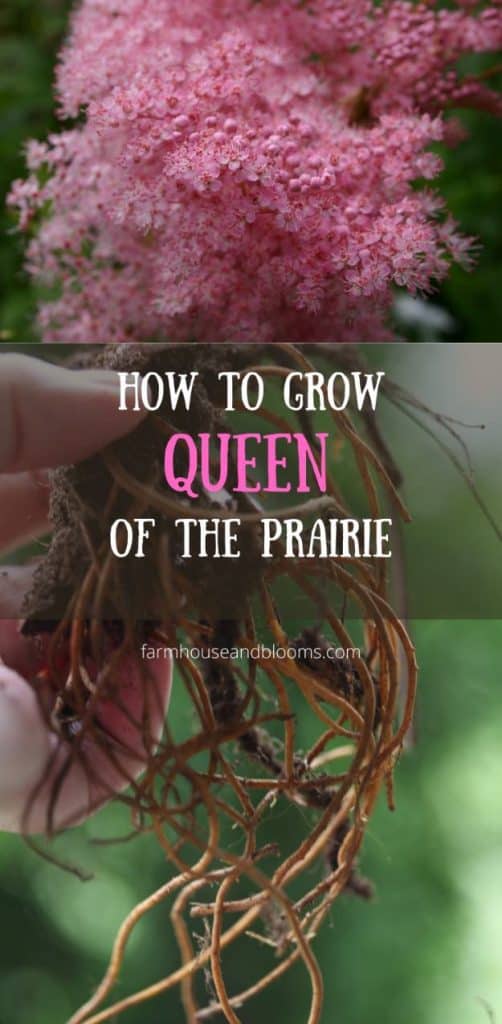
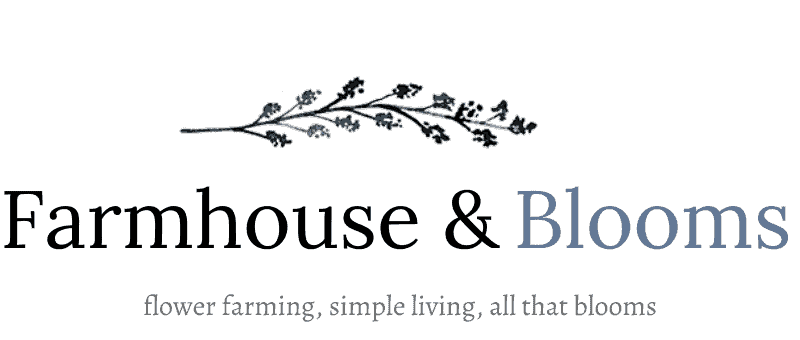

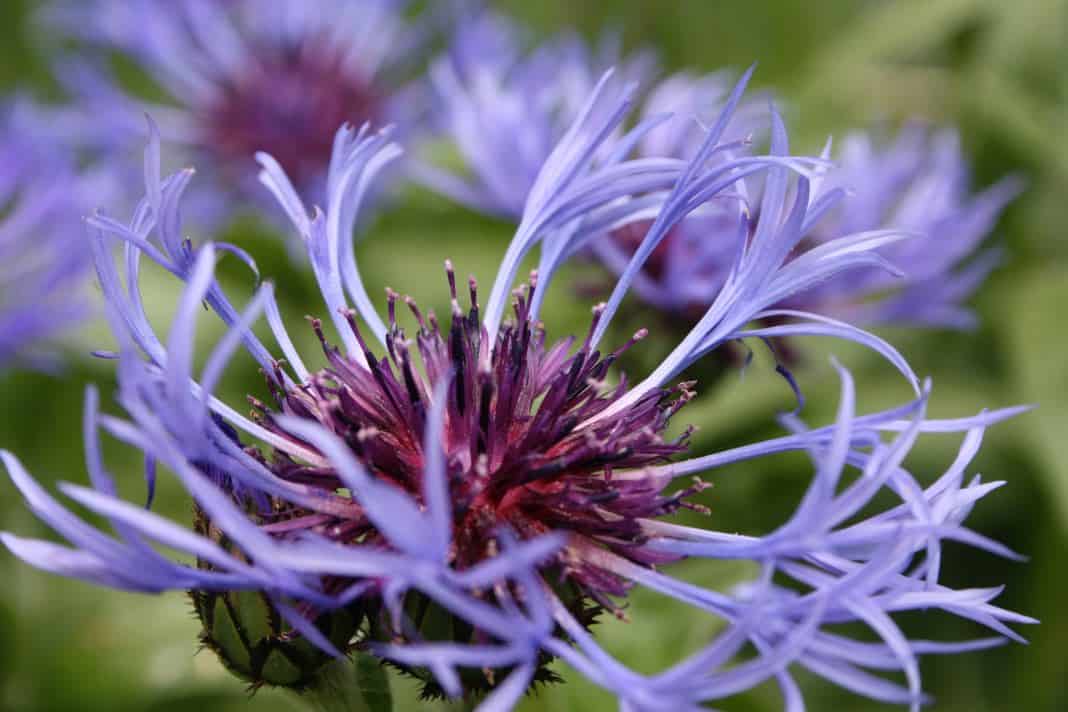
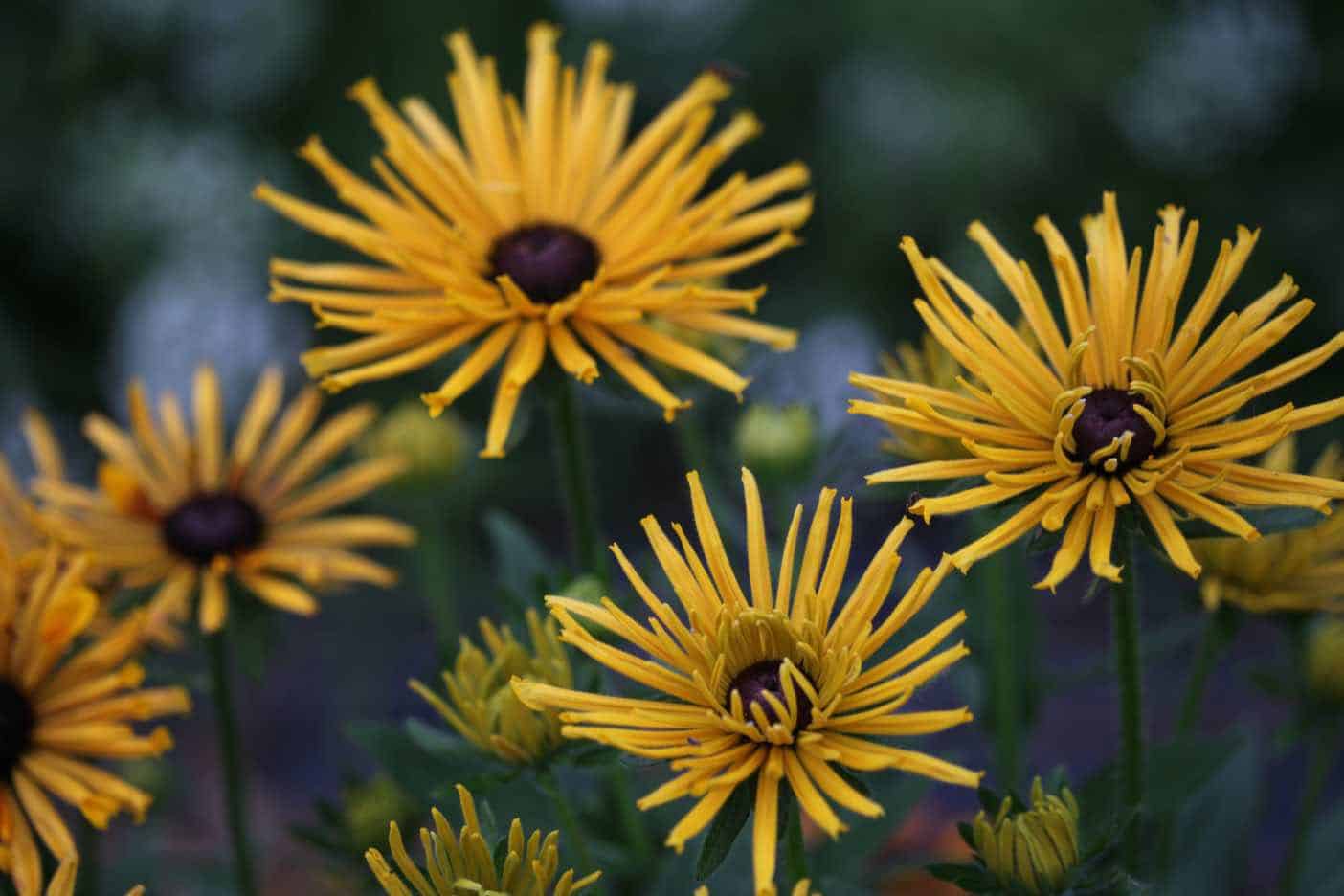
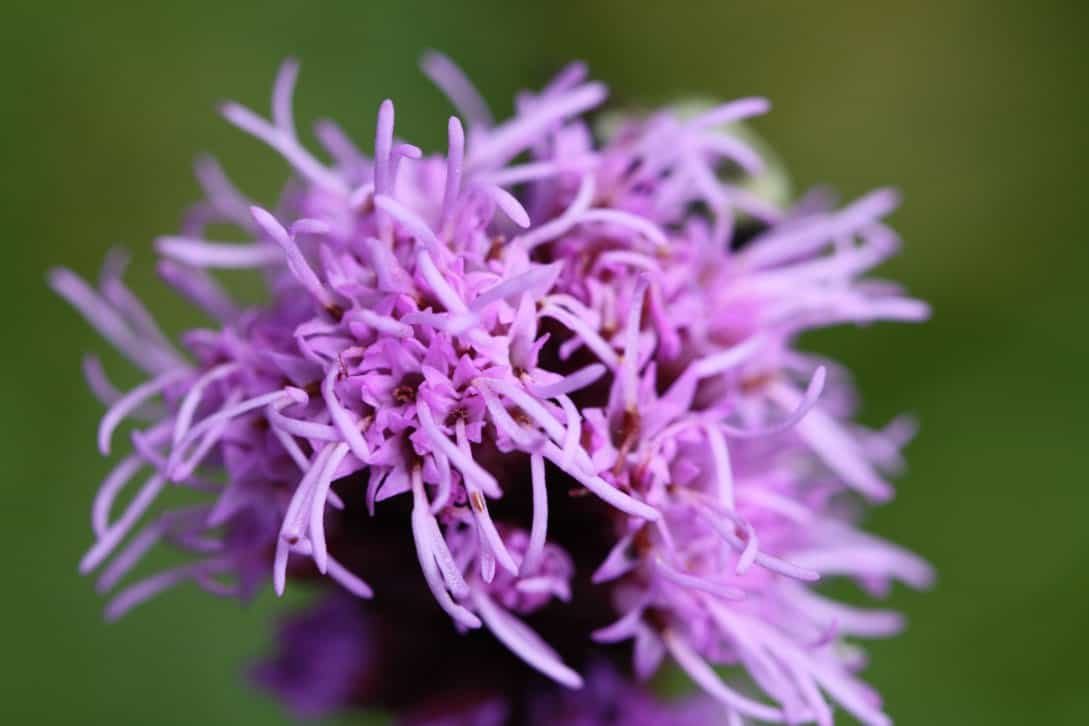
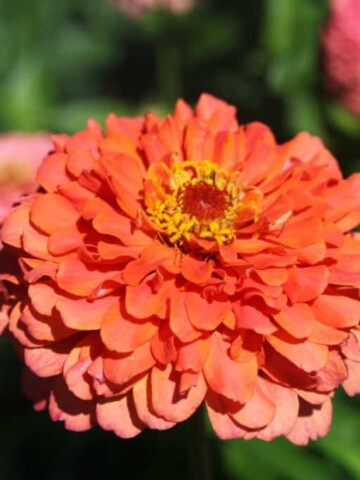
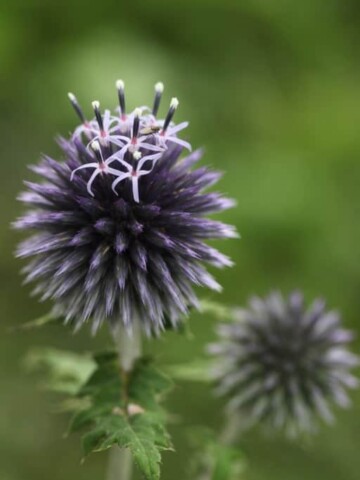
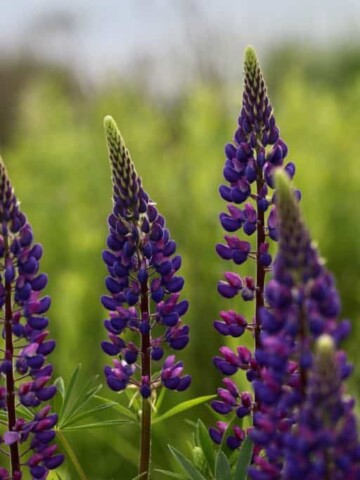
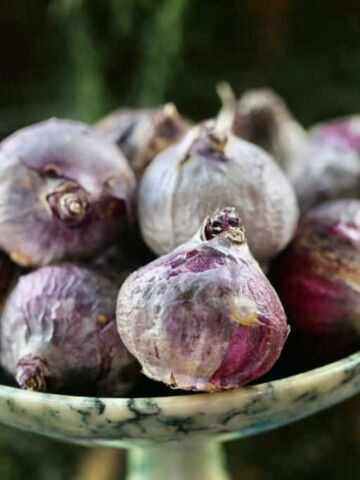
Leave a Reply